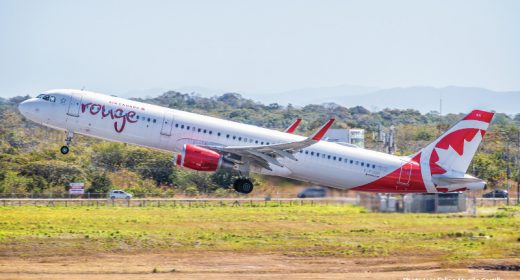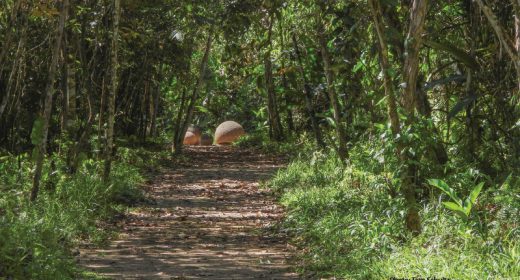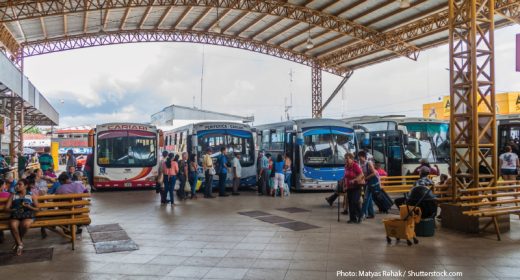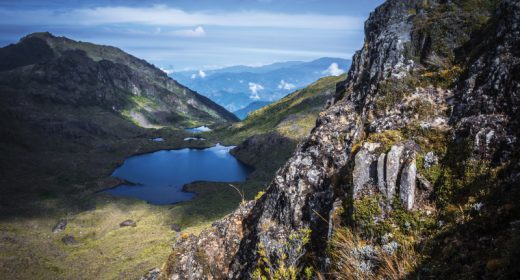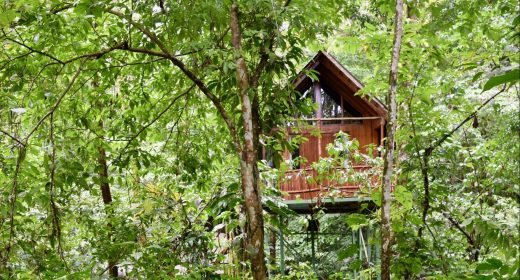
“Loco”motion Adventures in Costa Rica – Part 2: Flying High and Blind
- SEP 04, 2017Warning: count(): Parameter must be an array or an object that implements Countable in /home/howlermag/public_html/old/wp-content/themes/new-paper/includes/general.php on line 193
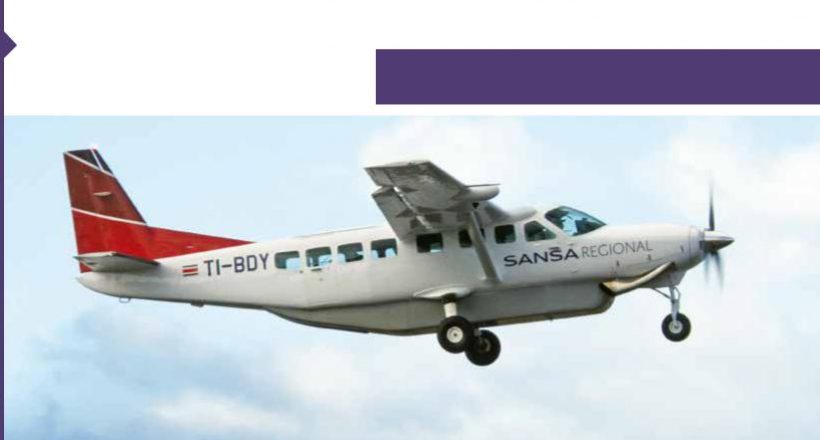
Your Lead Paragrpah goes here
It was so windy that morning, I was praying for a cancellation. No such luck.
One of the most exciting and interesting ways to see and travel around Costa Rica is by plane. The local airline, Sansa, traverses the whole country with a central hub in San José. As a 20-year plus veteran of flying Sansa, I’ve had my fair share of adventures and mishaps. No matter what the weather conditions, I always get pre-flight jitters. Two major weather events in particular get my full attention — wind and rain. That’s when flying becomes a treacherous and sketchy endeavor.
WIND
As any local can tell you, the winds here can get quite vicious from January through March. The papagayos, as they are called, result from big cold fronts sending northeast trade winds whipping down and funneling through gaps in the central mountain ranges. They go in at 10 to 20 miles per hour and reach sustained speeds of 50 to 60 miles per hour. In a small 12-passenger plane, things can get dicey pretty quick.
One time, I had booked a 6 a.m. flight from San José to Tamarindo. It was so windy that morning I was praying for a cancellation. No such luck. Joining me upon boarding the plane was just one other passenger and the two pilots. We sat on opposite sides and the plane began to taxi for takeoff. Within seconds of throttle up, I was clutching leather!
Guess what happens when a plane lifts off in a 50 mph crosswind. Yup … immediately, we went sideways. Face planted against the glass, I stared down at my last earthly vision — downtown Alajuela. Not exactly a picturesque ending. The pilots somehow leveled off and started to chuckle. Then came a jolt back to reality by the warning alarm. The pilots realized they still had to clear the mountains with a 50-knot tailwind. So we took another loop and shot towards the coast at a record-breaking pace. We got to Tamarindo in 30 minutes. Returning back into the headwind is equally entertaining … let’s just say I’d rather take the bus, which is the topic of my next Howler article.
RAIN
Thunderstorms are generally a no-go for flight departures in Costa Rica. But what happens when you run into a massive conglomerate on your way? I´ll tell you what — you start praying to whatever God you know.
One such incident would have been funny had it not been so terrifying. I knew we were in trouble when the passenger sitting next to me, who happened to be a major airline pilot, told me he was going to take over if the cockpit crew didn’t figure things out fast! The radar screen was all red. There was so much rain and bouncing, it was impossible to believe the engine would not stall.
Finally, we diverted to Nosara … only to encounter a slight problem as the airstrip came into sight. Someone had left the gate open, inviting cows to stroll their way on and around the runway, contentedly grazing. We had to buzz the runway twice in order to clear out the carne and hope they didn’t wander back on approach. Needless to say, we made it.
I still hold true the old adage that flying is safer than driving. But in Costa Rica, just barely. On any given day, a TTZ (Tico Time Zone) departure or arrival almost guarantees your domestic flight will not be boring.
